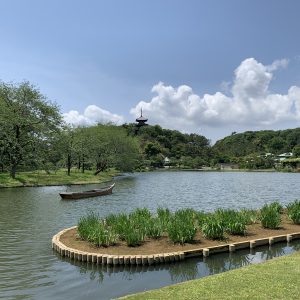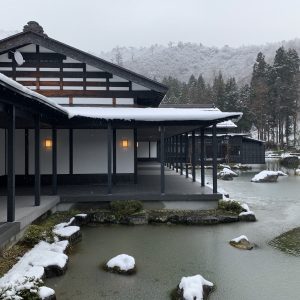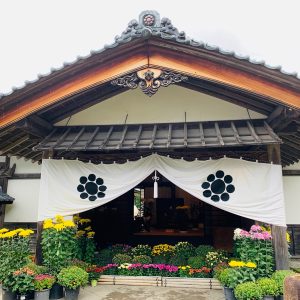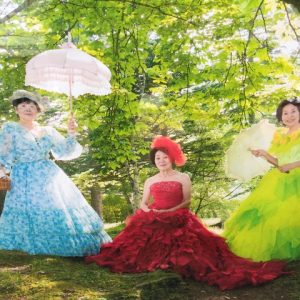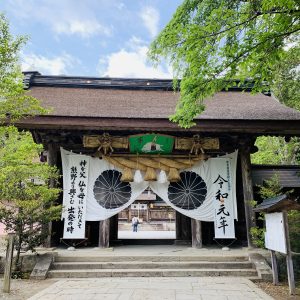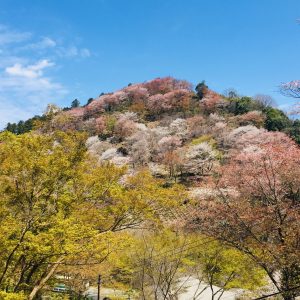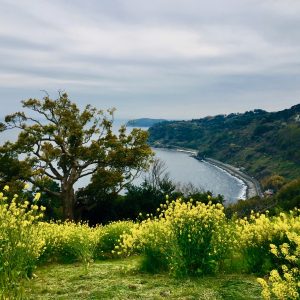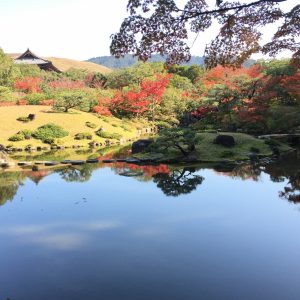A Stroll Amid Rustic Houses and Temples at Yokohama Sankeien
The Meiji Era (1868-1912) was a time of tumultuous change in Japan that brought rapid industrial development and western ideas to a feudal society. The social and economic upheaval of the time provided unprecedented opportunities for several astute industrialists and businessmen, who not only amassed huge fortunes but also left their mark as patrons of the arts. There is Kaichiro Nezu (1860-1940), who was both a successful businessman and tea ceremony connoisseur and used the wealth he made in railways… Read more »

